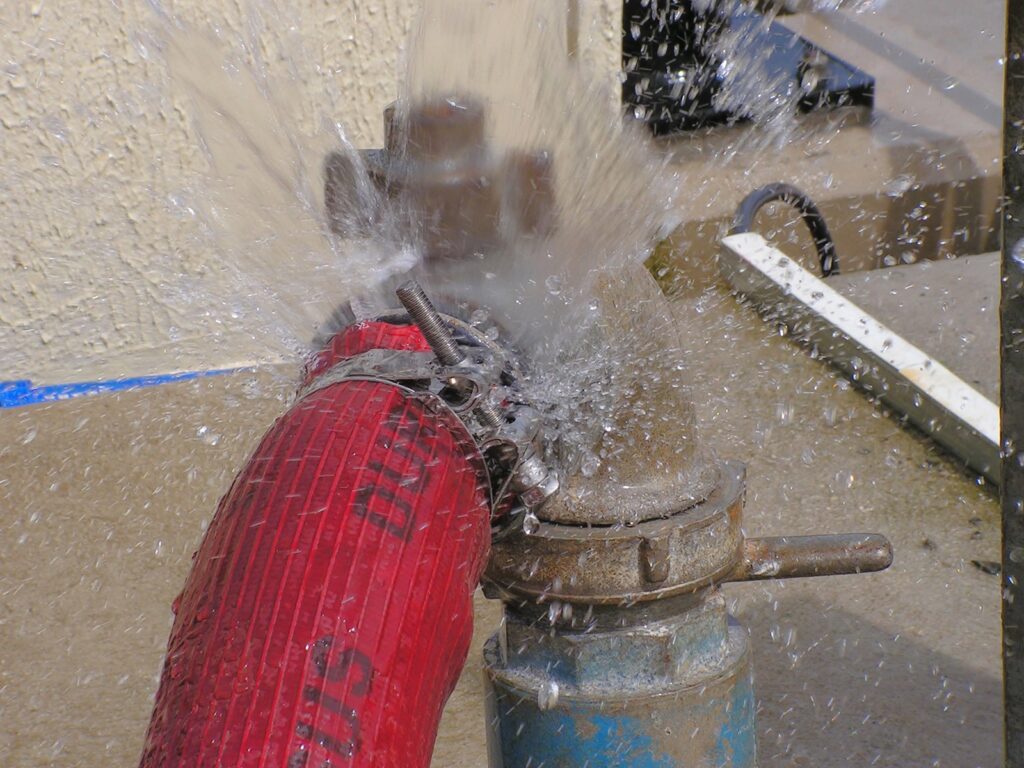5 Signs You Need Professional Leak Detection Before It’s Too Late
Water leaks don’t always start with a drip you can see or a puddle you can mop up. In fact, some of the most dangerous leaks never show themselves at all—until it’s too late.
They happen quietly. Behind walls, beneath tile, under foundations. And over time, they can cause thousands of dollars in damage, without warning.

At Leak Doctor, we specialize in catching those leaks before they become disasters. Whether it’s a slow slab leak, a cracked pipe in the wall, or a mystery spike in your water bill, we’ve seen how early detection can make all the difference. So, how do you know when to act?
Let’s take a look at five signs you might need professional leak detection—and two more reasons it’s smart to act before the damage is done.
1. Your Water Bill Spikes Without Explanation
You open your water bill and do a double-take. It’s higher than last month. Way higher. But your routine hasn’t changed. You’re not running extra loads of laundry. You haven’t filled a pool. Nothing obvious jumps out.
If your water usage is stable but your costs are climbing, you may have a hidden leak. It might be a slow drip under the slab, a pinhole in the wall, or a constantly running fixture you haven’t noticed yet.
The water has to be going somewhere—and leak detection can help you find out where.
2. You Hear Running Water, but Nothing’s On
It’s subtle, but you notice it—a faint hissing or rushing sound behind a wall. The sound of running water, but no faucets are on, and no one’s using the shower.
This is one of those signs that people often brush off. Maybe it’s the pipes settling, or the water heater refilling, or just the house “making noise.”
But persistent sounds like this—especially if they don’t stop—can mean water is leaking behind the scenes. And if that leak is inside a wall or under a floor, the damage is likely spreading quietly.
3. You See Stains, Warped Floors, or Cracking Walls
Leaks don’t always make a dramatic entrance. Often, they appear as subtle cosmetic changes:
- A soft spot in the hardwood
- A warm tile under your feet
- A brown stain slowly expanding on the ceiling
- Paint that’s suddenly bubbling or peeling
- A fine crack creeping along the drywall
These may not seem urgent at first—but they almost always get worse. And if the water is reaching visible areas, it’s been moving through hidden ones for a while.
4. There’s a Musty, Mildewy Smell That Won’t Go Away
Maybe your basement smells a little musty. Or there’s a damp odor in the guest bathroom, even though it hasn’t been used in days. Or you notice a whiff of mildew when you open a closet or cabinet.
Mold and mildew thrive in dark, damp environments. If you’re smelling them but not seeing any source, that likely means the moisture is coming from behind the scenes—a leak inside a wall or floor cavity.
Not only can this damage your home’s structure, but long-term exposure to mold can be hazardous to your health.
5. Low Water Pressure Without a Clear Cause
Sometimes, the signs of a leak show up where you least expect them. Your shower feels weaker than usual. The kitchen faucet doesn’t quite flow the way it used to. But there’s no blockage and no visible leaks.
In older plumbing systems especially, a hidden leak can divert water and reduce the pressure available at your fixtures. Even small leaks can create noticeable dips in performance over time.
And if the cause isn’t clear, it’s time to dig deeper.
NEW: Where Hidden Leaks Like to Hide
You might be wondering: where do these “hidden leaks” usually happen?
Here are some of the most common places we find them:
- Under concrete slabs (common in Florida and other warm-climate homes)
- Inside walls, especially behind showers, laundry machines, or kitchens
- In irrigation systems, where leaks are often underground
- Behind toilets or vanities, where connections can fail over time
- Beneath hot water heaters, especially older models with rusted tanks
- At pipe joints tucked inside cabinetry or crawlspaces
These are places you don’t typically check—and that’s exactly why these leaks often go unnoticed until the damage is done.
NEW: Why Waiting Too Long Can Cost You
We’ve seen it happen more than once: a homeowner notices something odd but decides to “wait and see.”
Maybe the water bill’s a little high—but not outrageous. Or the floor feels warmer than usual—but hey, maybe it’s just the sun. A tiny stain shows up on the ceiling—maybe it’s from an old spill.
It’s easy to ignore these signs, especially when life is busy. But here’s the reality: water damage doesn’t wait.
The longer a leak continues:
- The deeper moisture seeps into your subfloors, framing, and drywall
- The higher the risk of mold growth and indoor air quality issues
- The more expensive the repair becomes—not just for the pipe, but for everything it touches
Professional leak detection is fast, non-invasive, and accurate. And it’s a lot more affordable than tearing up a floor to investigate or dealing with mold remediation later.
Let Leak Doctor Catch It Early
You don’t have to see a flood to take action. Some of the most destructive leaks are the slow, quiet ones that never show up until you’re dealing with warped flooring or peeling paint.
If anything in this list sounds familiar—or if you just want peace of mind—Leak Doctor is here to help.
Call us today at 407-426-9995 to schedule professional leak detection and stop hidden leaks before they do real damage.
We don’t just find the leak. We help protect everything around it.
